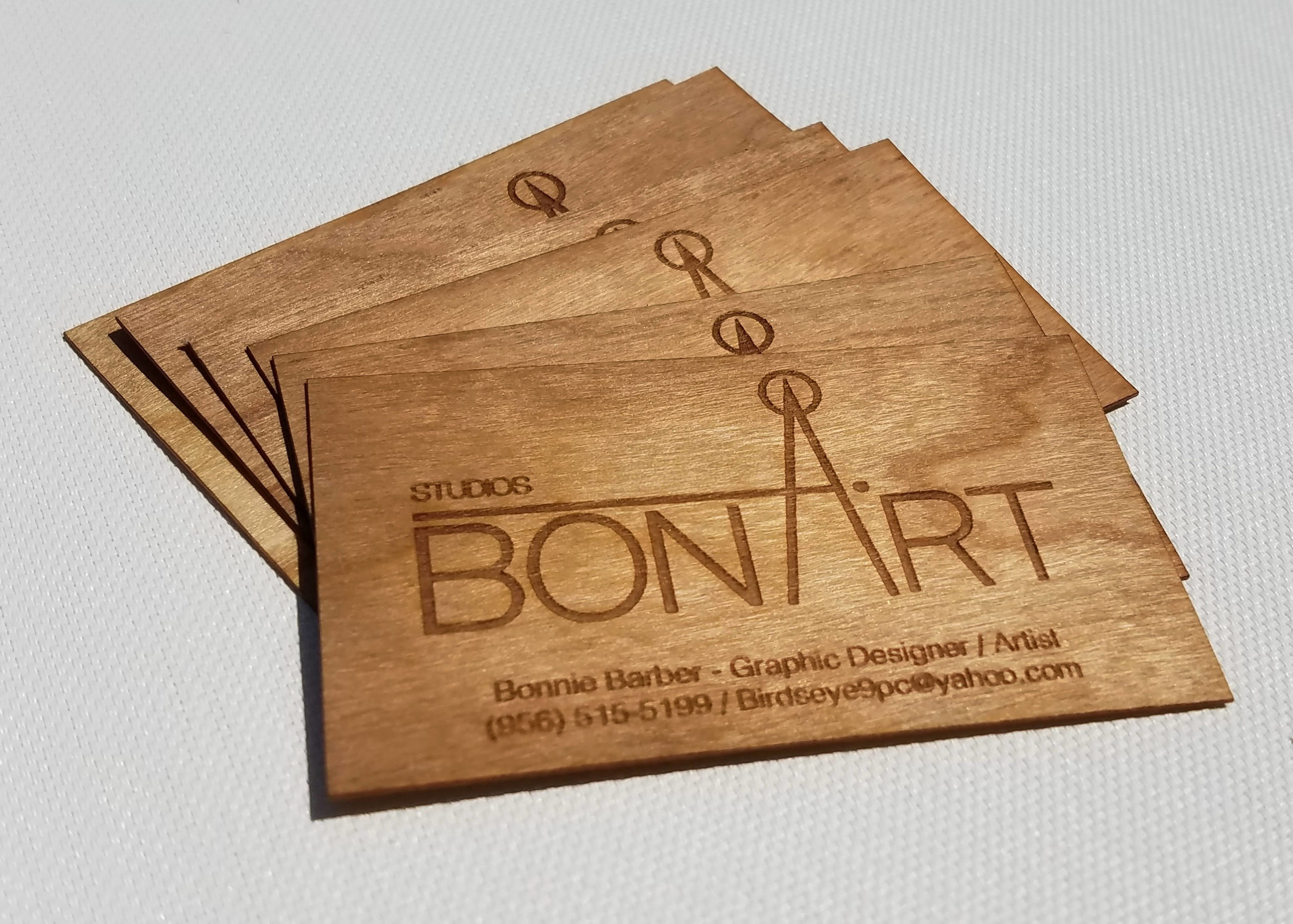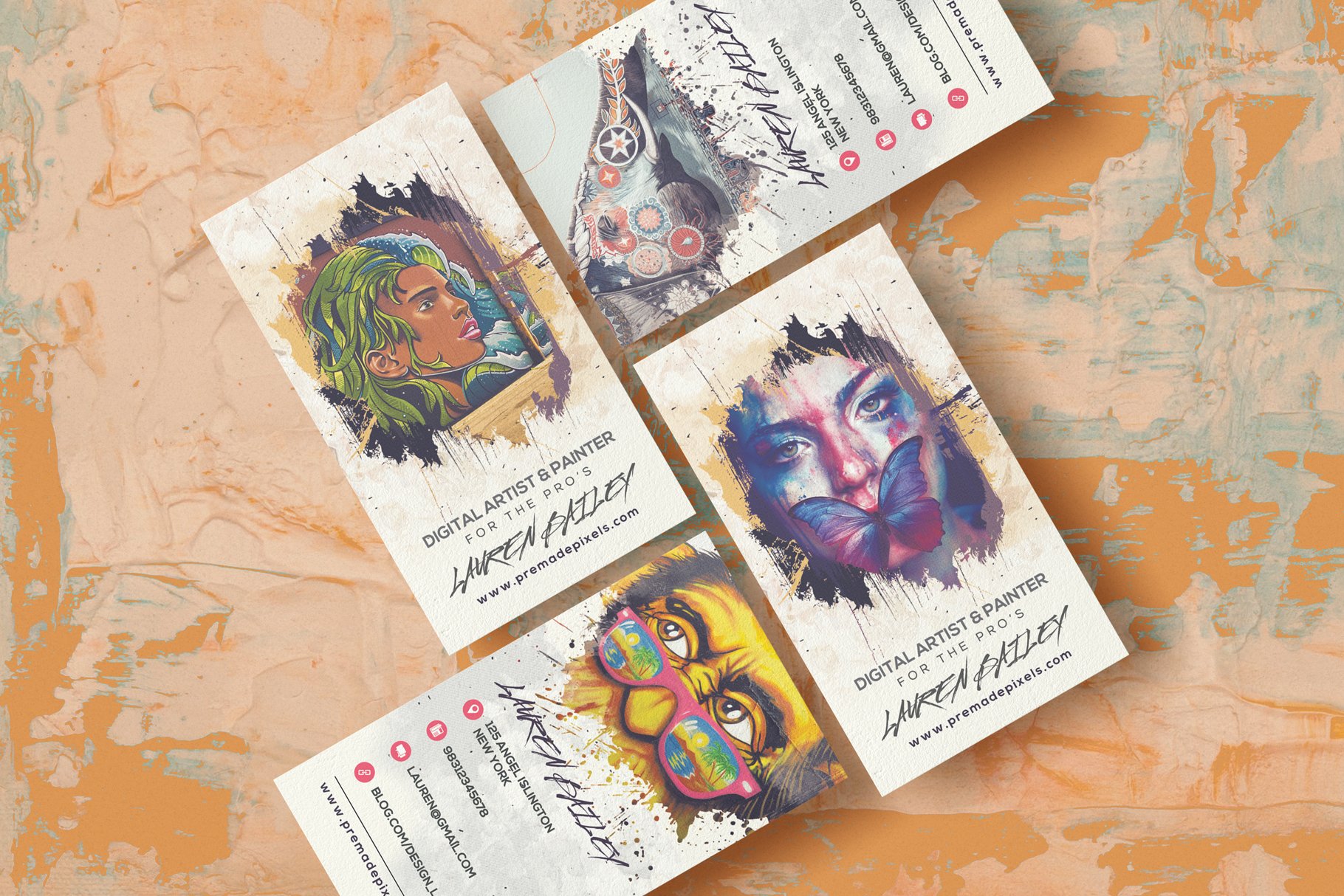
Are you a fine artist looking to make a lasting impression? One powerful tool that can help you achieve this is a well-designed business card. In today’s digital age, where online portfolios and social media dominate the art scene, business cards might seem outdated. However, these tangible pieces of marketing collateral can still play a vital role in establishing your brand and connecting with potential clients and collaborators.
The Importance of a Fine Artist Business Card

In a world overflowing with information, a finely crafted business card can set you apart from the competition. It serves as a physical representation of your art, offering a glimpse into your creative world and aesthetic. People are more likely to remember and value something they can hold in their hands, making business cards a memorable tool for networking and creating meaningful connections.
1. Reflect Your Artistic Style
Your business card should be a reflection of your unique artistic style. Consider incorporating elements that represent your artwork, such as color schemes, imagery, or textures. By doing so, you create a cohesive brand identity that lingers in the minds of those who receive your card.
2. Make a Strong First Impression
A well-designed business card can make a strong first impression and leave a lasting impact on potential clients and collaborators. The quality and design of your card convey professionalism and attention to detail, fostering trust and confidence in your artistic abilities.
3. Foster Meaningful Connections
In the realm of fine art, personal connections are invaluable. A business card provides an easy way to share your contact information, allowing interested parties to reach out to you whenever they need your services or want to collaborate on future projects.
Key Elements of an Effective Fine Artist Business Card

To create a memorable business card that effectively represents your artistic brand, consider incorporating the following key elements:
1. High-Quality Materials
Choose high-quality materials for your business card to ensure it stands the test of time. Opt for thick, durable cardstock or consider alternative materials like recycled paper or even wooden cards if they align with your artistic style.
2. Standout Design
Your business card should have a visually striking design that captures attention while showcasing your artistic style. Consider using unique typography, eye-catching color combinations, and captivating visuals that reflect your artwork.
3. Clean and Readable Typography
While it’s tempting to get overly creative with typography, remember that your contact information should be easily readable. Choose a font that aligns with your artistic style while maintaining clarity and legibility.
4. Social Media Integration
In today’s digital age, incorporating social media handles on your business card is essential. Include your Instagram, Facebook, or other relevant platforms, allowing potential clients and collaborators to easily connect with you online.
5. Branded Artwork
Consider featuring one of your artworks on your business card to give potential clients a literal glimpse into your creativity. Ensure that the chosen piece effectively represents your style and leaves a lasting impact on those who receive your card.
6. Contact Information
Ensure your business card includes essential contact information, such as your full name, phone number, email address, and website URL. Additionally, consider adding a QR code that links to your online portfolio, making it easy for recipients to explore your artwork further.
Best Practices for Designing Your Fine Artist Business Card
Now that you understand the importance of a fine artist business card and the key elements to include, let’s explore some best practices for designing your own:
1. Keep It Simple
While it’s crucial to create a visually appealing design, avoid cluttering your business card with excessive information or design elements. Keep the layout clean and uncluttered, allowing your artwork and contact information to shine.
2. Use High-Quality Images
If you opt to feature your artwork on your business card, ensure the images are of high quality. Crisp and vibrant images will grab attention and accurately represent your artistic abilities.
3. Consider Unique Shapes and Sizes
Explore unique shapes and sizes for your business card to make it stand out. Square or rounded corners can add a touch of creativity, while non-standard sizes can make your card more memorable. However, be mindful of practicality and ensure your card still fits in standard wallets or cardholders.
4. Print with Professionals
Invest in professional printing services to ensure the quality of your business card matches the caliber of your artwork. Professional printers can provide suggestions on paper types, finishes, and printing techniques that will enhance your design and create lasting impressions.
5. Keep Spare Cards Handy
Always keep a stack of business cards with you. You never know when an opportunity to share your art might arise, so be prepared to hand out your cards whenever the occasion calls for it.
Conclusion

As a fine artist, crafting a memorable business card can leave a lasting impression on potential clients and collaborators. The tangible nature of a business card provides a personal touch in an increasingly digital world. By incorporating high-quality materials, standout design, and essential contact information, your business card becomes a powerful tool for representing your art and fostering meaningful connections. So, why not take the time to design a business card that truly reflects your artistic style and allows your creative journey to flourish?
Olivia Reynolds, a marketing maven, is passionate about the impact of graphic design on brand success. Her love for outdoor adventures and travel fuels her fresh perspective on the importance of visual aesthetics in business cards and branding.